
Join 10k+ people to get notified about new posts, news and tips.
Do not worry we don't spam!
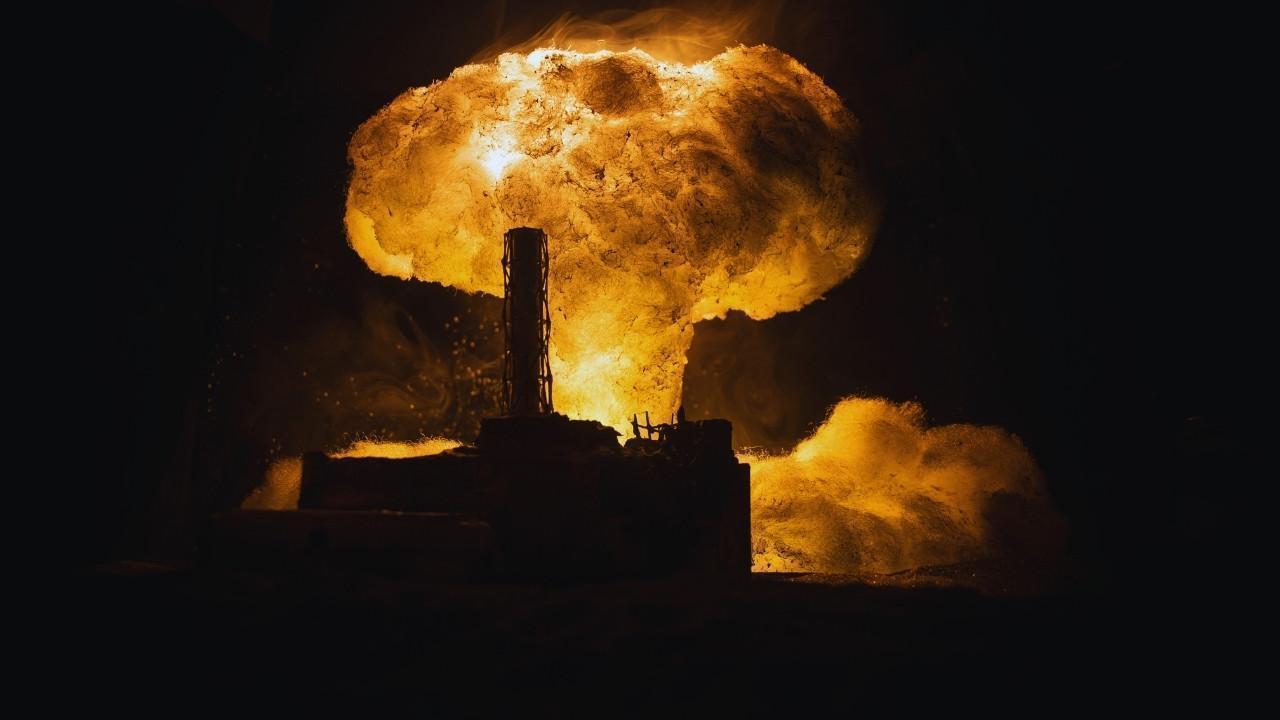
Post by : Anis Farhan
The world is quieter in some senses and noisier in others. While the great nuclear bargains of the late 20th century—treaties that once anchored strategic stability—still exist in paper or practice, the environment that sustained them is fraying. New technologies, regional nuclear advances, geopolitical rivalry and weakening confidence in institutions are combining to make arms control harder to negotiate and easier to break. Managing nuclear risk today means dealing with ageing treaties, emergent threats, fragile diplomacy and the constant danger that local crises can turn strategic. This article maps the current landscape, explains what is at stake, and offers practical steps diplomacy and policy can take to lower the odds of miscalculation.
The most consequential arms control agreements have long been the backbone of nuclear restraint. But in 2025 their authority is uneven: some instruments are operational, others effectively stalled, and a few remain aspirational.
The core bilateral restraint between the two largest nuclear arsenals has been under strain. Recent diplomatic signals indicate Moscow has proposed a one-year, reciprocal rollover of limits under a major bilateral treaty so that central quantitative restrictions remain in effect. That move is intended to buy time while larger political questions are negotiated.
Multilateral frameworks remain central. Preparatory meetings and review cycles for the Treaty on the Non-Proliferation of Nuclear Weapons continue to be the venue where states air grievances and press for progress on disarmament, non-proliferation and peaceful uses of nuclear energy. Those processes this year have exposed disagreements but also reaffirmed broad support for the treaty’s core goals.
The Comprehensive Nuclear-Test-Ban Treaty (CTBT) still waits to enter into force, but verification efforts, monitoring upgrades and civil-society pressure keep the norm against explosive testing alive and politically salient. Verification networks and conferences continue to strengthen international ability to detect tests even as entry into force remains incomplete.
These instruments are not self-executing. Their survival depends on political will, mutual confidence and credible verification. When those elements weaken, the door opens to arms racing, modernisation and creeping instability.
Great-power rivalry matters, but so do regional crises. Several theatres are especially consequential because they combine nuclear capability with unresolved political disputes.
Iran’s nuclear dossier sits at the intersection of legal, political and technical contention. In 2025 diplomacy is fragile: Tehran has sought to frame its program as peaceful even as some Western governments press for tougher measures over compliance concerns. Recent high-level statements and momentary agreements with international inspectors have not erased the risk of snapback sanctions or punitive measures should negotiations fail to bridge gaps. Developments this year—both diplomatic and technical—have tightened timelines for negotiators while increasing pressure on international institutions to act fast.
Pyongyang has continued to pursue missile and fissile material capabilities that complicate deterrence and crisis management in Northeast Asia. Recent tests of solid-fuel rocket motors and assessments of multiple enrichment facilities underscore both the qualitative and quantitative advances in North Korea’s program. Those advances increase the risk of miscalculation during crises and make regional dialogue ever more urgent.
Fresh collaborations on civilian nuclear power and technology—such as agreements to build power reactors or supply advanced fuel cycles—can yield climate and development benefits, but they can also complicate non-proliferation if safeguards are incomplete or if geopolitical alignments sidestep established oversight. Recent state-level memoranda for civilian reactor construction illustrate how nuclear cooperation can be interpreted through strategic lenses and thus must be governed transparently with robust safeguards.
Weapons do not exist in a static technological vacuum. The nuclear era is intersecting with advances that change warning times, attribution, command-and-control fragility and the temptation for pre-emptive moves.
Hypersonic delivery and manoeuvrable reentry vehicles shorten decision times because they can compress detection-to-impact warning windows. That raises pressure on command authorities and increases the chance of hurried, risky choices.
Missile defence systems complicate deterrence dynamics: while they can blunt certain threats, they can also incentivise opponents to increase offensive quantities or adopt countermeasures.
Space and cyber domains both create new vectors for attack and new vulnerabilities. Cyber intrusions into command, control or early warning systems could produce false indications or blind decision-makers at critical moments; actions in space can degrade communication and surveillance that are central to stable deterrence.
Improved verification tools—from better seismic, infrasound and radionuclide monitoring to satellite sensors and data analytics—improve transparency, but technological gaps remain. Investments in these capabilities can reduce uncertainty if the data are shared and trusted.
The technological point is blunt: modernisation without restraint and transparency makes crises more dangerous.
Verification underpins any credible arms control regime. The better states can detect cheating and attribute actions objectively, the more confidence they can have in limiting their own arsenals without fearing surprise. Practical steps include:
Expanding monitoring networks (seismic, radionuclide, space-based sensors) and integrating civilian scientific data into transparent verification architectures.
Developing agreed-upon, fast channels for exchanging technical data and discussing ambiguous incidents to prevent knee-jerk escalation.
Promoting joint technical missions and academic partnerships that build common technical understandings before crises emerge.
These measures are not a panacea, but they reduce the fog of crisis that too often leads to worst-case assumptions.
Negotiating arms control in a fractious era requires modesty in expectations and honesty about what is feasible. A pragmatic agenda includes:
Freezing and rolling over key limits when political trust is low can buy time for more ambitious talks. Recent proposals to extend existing quantitative limits temporarily aim to preserve the status quo while diplomacy recalibrates.
Piecemeal, confidence-building measures can restore momentum: data exchanges, risk-reduction hotlines, mutual inspections for specific systems, and agreements on non-targeting of command and control facilities.
Regional dialogues addressing specific tensions—such as parallel tracks on missile restraint in East Asia or transparency in the Persian Gulf—can reduce the pressure on global bargaining tables.
Engaging non-nuclear states and civil society matters. They provide political cover for negotiators, technical expertise for verification, and moral pressure to keep disarmament on the agenda.
Diplomacy’s art now is to combine crisis management with incremental risk reduction capable of surviving political shocks.
Lowering the chance of nuclear use is not only about treaties. Practical, implementable steps include:
De-escalation protocols: Agreed procedures for pausing military activities, verifying facts and engaging third-party mediators in local crises.
Hotlines and crisis communication: Dedicated, tested channels between capitals and military commands to prevent misunderstanding.
No-first-use and declaratory policies: Even if politically contentious, clearer doctrines can shape adversaries’ expectations and reduce hair-trigger postures.
Targeting restraints: Commitments not to target certain classes of infrastructure or command nodes reduce incentives for pre-emptive strikes.
Operational transparency: Notifications about exercises, deployments and tests reduce surprise and suspicion.
Such measures are low cost compared with the risk they mitigate and can be negotiated even when grand bargains are elusive.
With major power relations strained, middle powers and regional blocs can be catalytic. They can:
Host dialogue platforms that are less politicised than bilateral channels.
Advance technical verification projects and confidence-building experiments.
Lead by example with domestic measures—such as strengthened export controls, ratification of important treaties, and investment in monitoring networks.
Plurilateral arrangements—smaller, focused pacts among like-minded states—can create practical norms and standards that later inform broader agreements.
Arms control is not only a government game. Scientists who build verification technology, journalists who explain complex risk, and civil society groups that keep pressure on policymakers all shape what is politically possible. Public literacy on nuclear risk reduces the political space for escalatory rhetoric and creates constituencies for restraint.
Short (0–12 months): Secure temporary extensions for key treaty limits where politically feasible; open or re-energise hotlines; accelerate crisis communication drills.
Medium (1–3 years): Deploy improved verification sensors, deepen regional dialogues on missile and doctrinal restraint, and negotiate targeted transparency protocols.
Long (3–10 years): Work toward reversible, verifiable reductions in offensive systems, advance CTBT entry efforts, and embed nuclear risk reduction within broader security architectures that include cyber and space safeguards.
These steps require patience, financing for verification infrastructure and sustained diplomatic bandwidth.
Treaty abandonment out of principle: Walking away from verification frameworks eliminates tools that lower uncertainty.
Escalatory public rhetoric: Bluster increases domestic political pressure and reduces negotiators’ flexibility.
Forgetting the human dimension: Local crises fueled by non-nuclear violence can spin into broader strategic conflicts; ignoring those flashpoints is dangerous.
The architecture that has kept nuclear catastrophe at bay is stressed but not destroyed. The modern challenge is to translate hard technical and political work into durable confidence. That means preserving and modernising verification, reducing the incentives for first use, and building incremental agreements that work in practice. In an unstable era, the best defense is a pragmatic mix of diplomacy, transparency, technical investment and community engagement—measures that reduce the chance that a local crisis becomes a strategic calamity.
Russia proposed a one-year rollover of New START limits to preserve quantitative constraints.
Russia and Iran signed a memorandum on civilian nuclear cooperation and power-plant construction.
South Korean reporting and assessments indicate multiple North Korean enrichment sites and accelerated missile testing.
Iran’s leaders publicly reiterated peaceful intent while diplomatic pressure and potential UN snapback measures remained active; the IAEA-Iran interactions are ongoing and politically consequential.
The NPT Preparatory Committee activities and CTBT verification efforts continue to shape multilateral non-proliferation work in 2025.
This article is for informational purposes only. It synthesises publicly reported developments and expert commentaries up to the date of publication and does not constitute legal, operational or policy advice. Readers should consult primary sources and specialist counsel for decisions involving security, diplomacy or technical implementation.
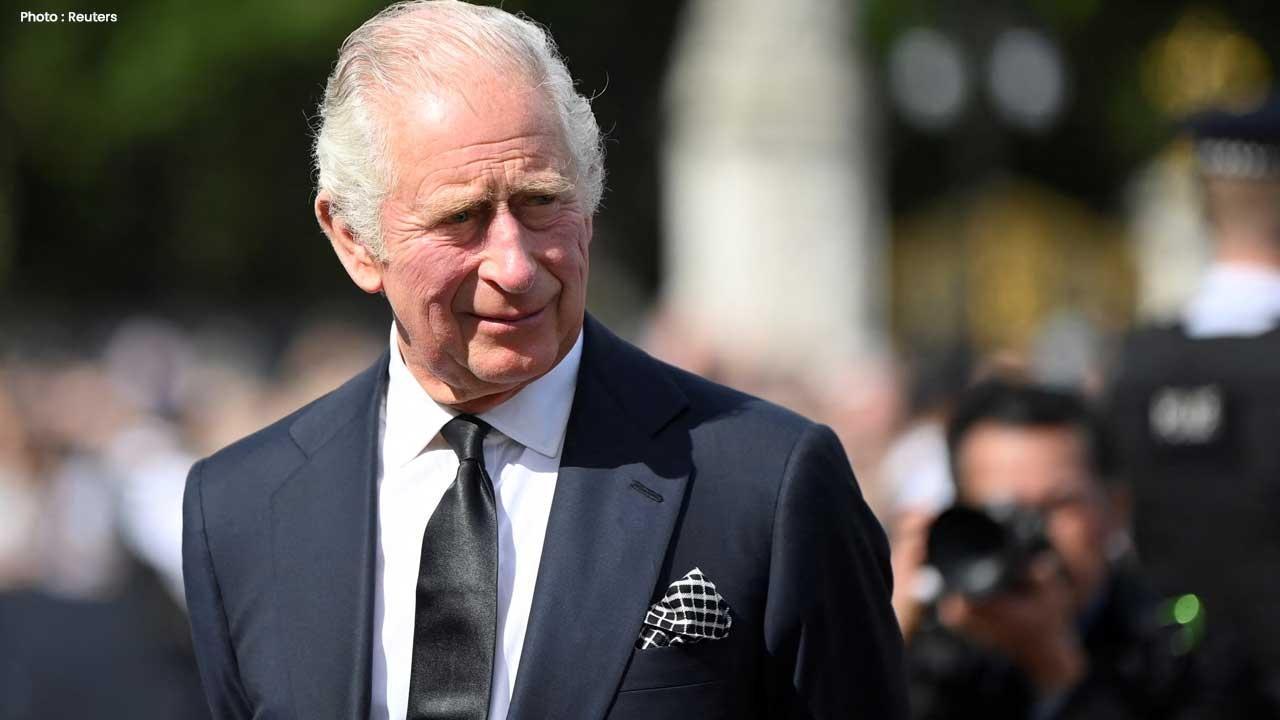
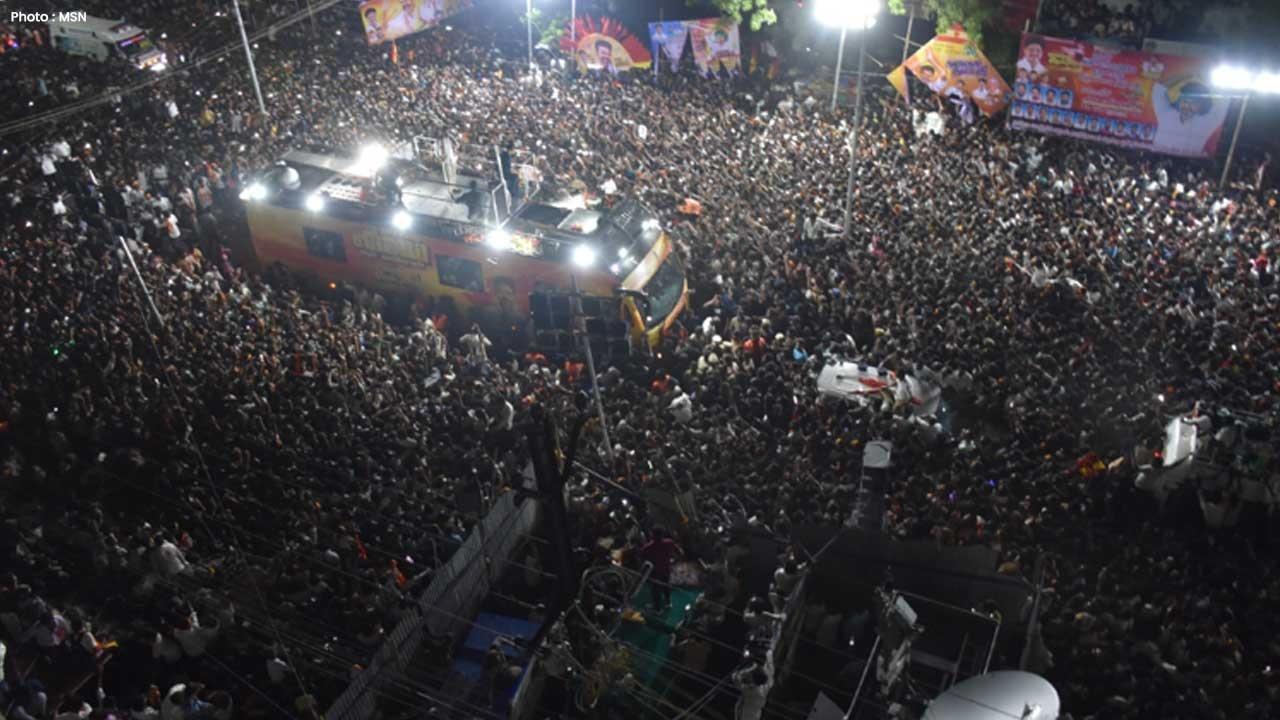

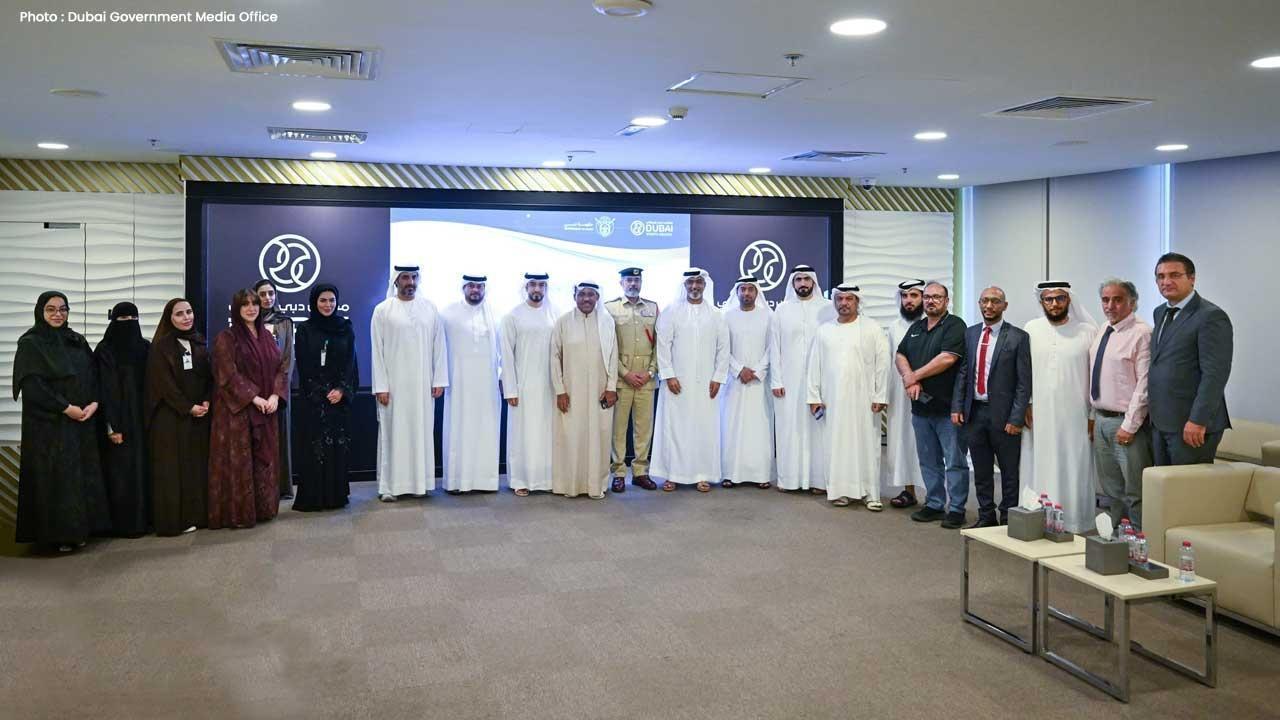

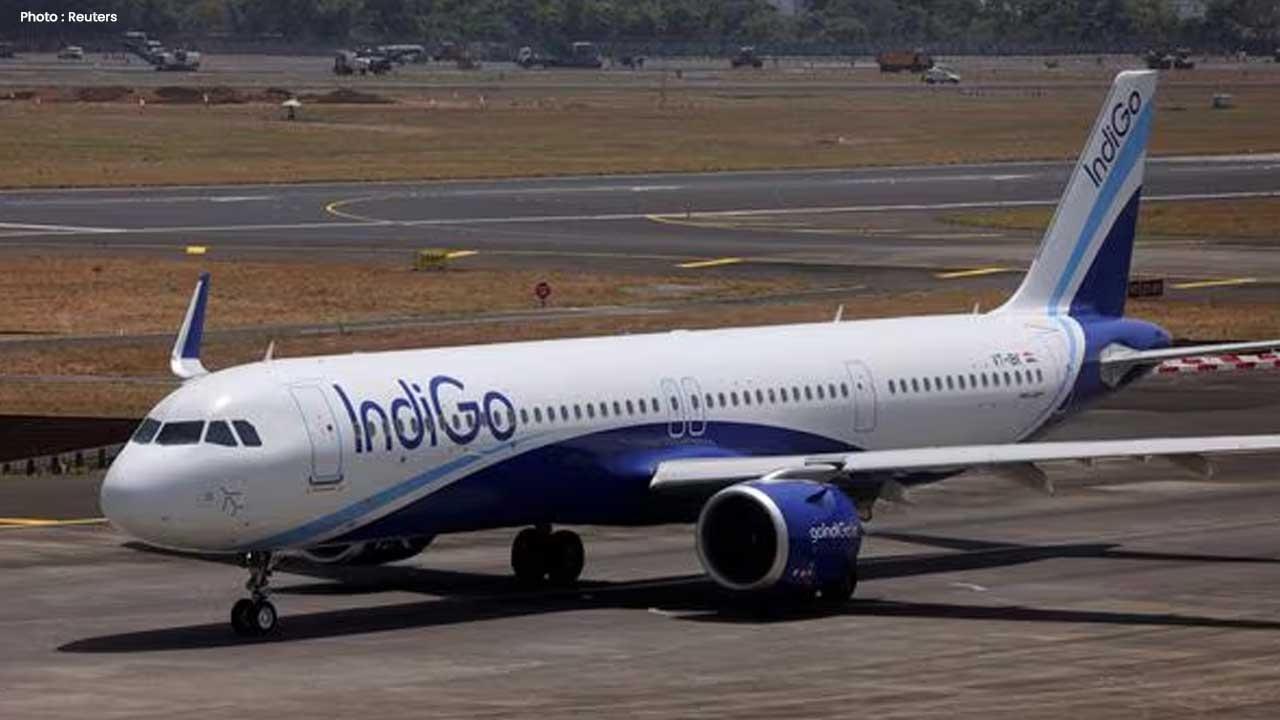

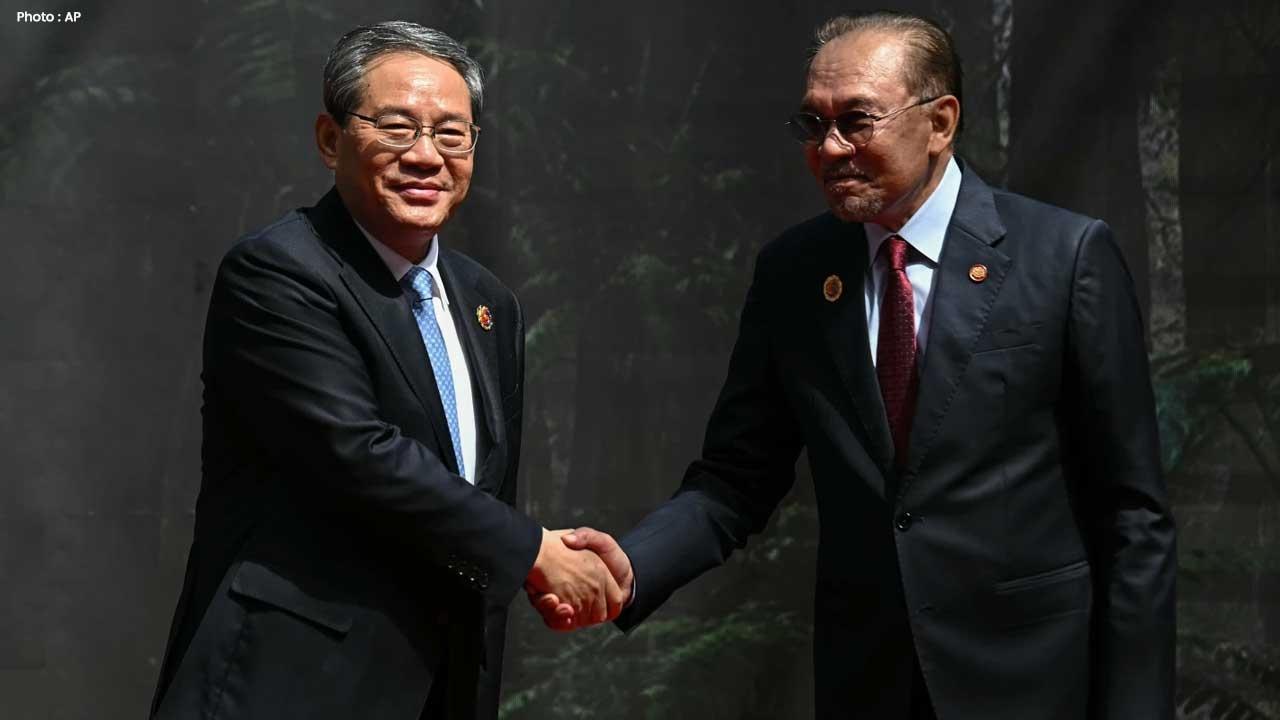
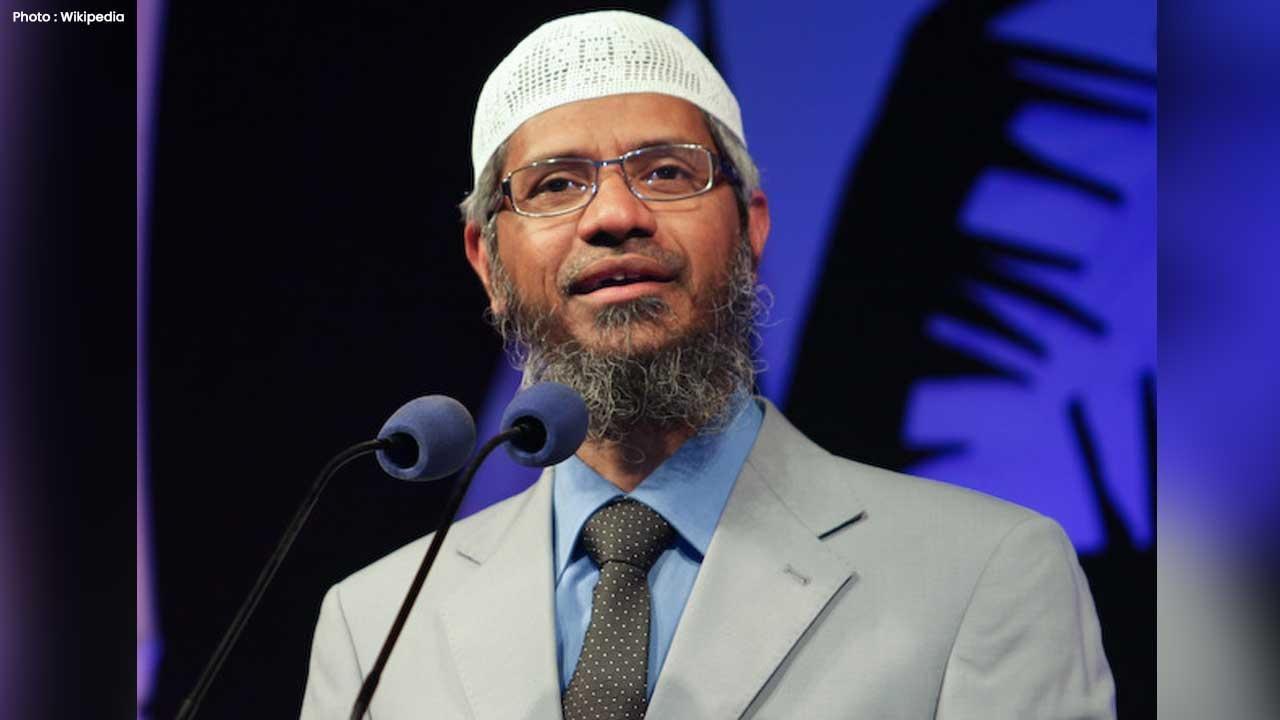

Shreyas Iyer in Sydney ICU after Rib Trauma Sustained Taking Catch
India vice-captain Shreyas Iyer is under ICU care in Sydney following internal bleeding from a rib i

NBA Recap: Miami Dominates, Lakers Shine, and Bucks Secure Victory
Friday's NBA highlights: Miami, Lakers, Bucks, and Clippers take wins, showcasing standout performan

Luka Doncic Shines with 49 Points in Lakers' 128-110 Victory Over Timberwolves
Luka Doncic impresses with 49 points, while Lakers secure a 128-110 win against Timberwolves, showca

Kings Rally Past Jazz 105-104 with Clutch Sabonis Finish
In a nail-biter, Domantas Sabonis' late shot lifts the Kings over the Jazz 105-104 in their home deb

Friendly Match Between Argentina and India Delayed, New Date Awaited
The friendly match between Argentina and India has been postponed following FIFA's approval delays;

Rohit and Kohli Conclude ODI Careers in Australia with Victory
Rohit Sharma and Virat Kohli wrap up their ODI careers in Australia, scoring an unbeaten 168-run par